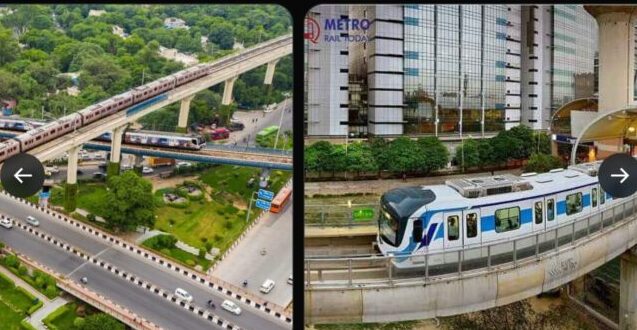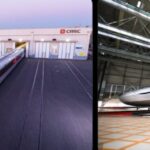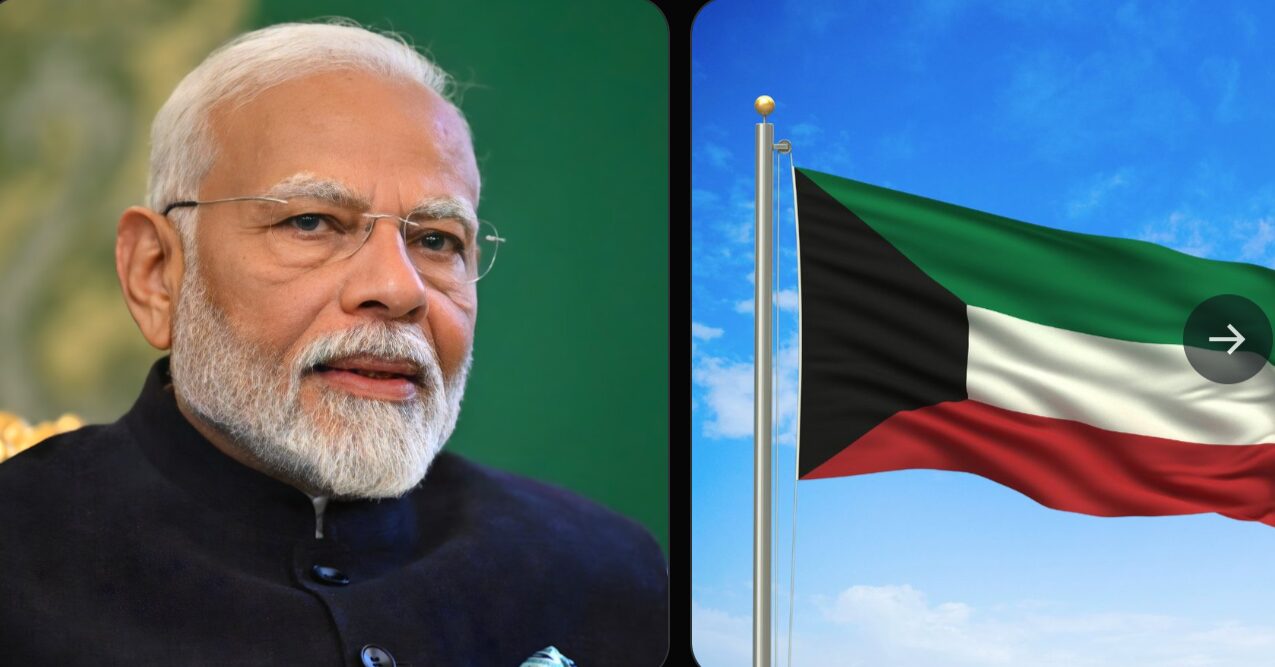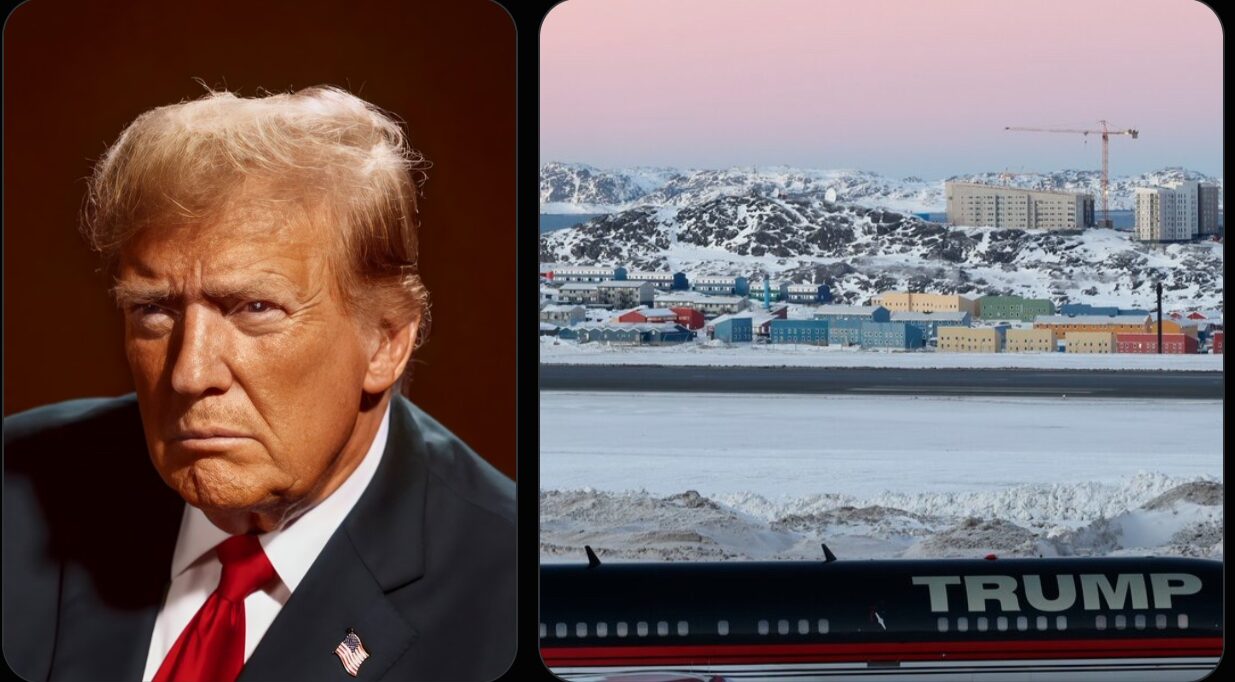India now has the world’s third-largest metro rail network, trailing only China and the United States
India Becomes Home to the World’s Third-Largest Metro Rail Network: A Milestone in Urban Transportation
India has recently achieved a remarkable milestone in urban infrastructure with its metro rail network now ranking as the world’s third-largest, trailing only China and the United States. This achievement is a testament to India’s rapid urbanization, its commitment to improving public transportation, and its ongoing efforts to address the growing needs of its metropolitan cities. As the metro network expands and becomes an integral part of the daily commute for millions of Indians, it is reshaping the way people move and interact with their cities, contributing to a more sustainable and efficient urban future.
The Rise of India’s Metro Network
India’s metro rail network has grown exponentially over the past decade, driven by a combination of factors including rapid urbanization, increasing population, and the need for more sustainable public transport solutions. The metro system is seen as a key component of India’s strategy to reduce traffic congestion, lower pollution levels, and provide efficient, reliable, and affordable transportation to urban residents.
With over 700 kilometers of operational metro lines across 18 cities, India’s metro network has become a backbone of urban mobility. Major metropolitan cities like Delhi, Mumbai, Bangalore, Kolkata, and Chennai have seen significant expansions of their metro systems, with many other cities following suit. These metro systems offer a modern alternative to the traditional bus and auto-rickshaw services, providing a faster and more comfortable mode of transport that helps alleviate congestion and pollution.
Global Ranking: Behind China and the United States
India’s metro rail network now stands as the third-largest globally, a remarkable achievement for a country that was once far behind in terms of urban transportation infrastructure. This ranking places India ahead of many developed countries, signaling the rapid growth and investment in metro systems across the country.
- China: China’s metro network remains the largest in the world, with over 7,000 kilometers of operational metro lines across the country. The country has invested heavily in metro infrastructure, particularly in cities like Beijing, Shanghai, and Guangzhou, where massive metro networks cater to millions of commuters every day.
- United States: The United States ranks second globally, with a network that spans over 1,000 kilometers, primarily concentrated in cities like New York, Washington D.C., and Chicago. However, many US cities still rely heavily on buses and other forms of transport, and metro systems are not as widespread as in China or India.
- India: With more than 700 kilometers of metro rail lines in operation, India has become a leader in metro expansion, particularly in the developing world. The country’s metro systems continue to grow rapidly, with plans to extend metro services in various cities and introduce new systems in regions that are currently underserved by public transportation.
Key Metro Systems in India
India’s metro network is a mix of newly developed lines and ongoing expansions in major cities. Some of the key metro systems include:
- Delhi Metro: The Delhi Metro, which began operations in 2002, is the largest and most extensive metro system in India. With more than 390 kilometers of track and over 280 stations, the Delhi Metro is one of the most efficient and modern metro systems globally. It serves millions of commuters daily, reducing traffic congestion and pollution in the capital city.
- Mumbai Metro: Mumbai’s metro system, though newer than Delhi’s, is rapidly expanding to meet the needs of the city’s growing population. The first phase of the Mumbai Metro, which began operations in 2014, covers a small but essential section of the city. Plans for further expansion are underway, and the metro is expected to become an essential part of Mumbai’s transport infrastructure in the coming years.
- Bangalore Metro (Namma Metro): Bangalore’s metro system, known as Namma Metro, began operations in 2011 and has since grown steadily. It aims to address the city’s notorious traffic jams and is expected to play a crucial role in Bangalore’s public transportation ecosystem as the network expands.
- Kolkata Metro: Kolkata was the first city in India to have a metro system, with the Kolkata Metro opening in 1984. Although smaller in scale compared to Delhi or Mumbai, Kolkata’s metro continues to be a vital part of the city’s transport system, with ongoing projects to extend and modernize the network.
- Chennai Metro: Chennai, one of India’s largest cities, launched its metro system in 2015. The Chennai Metro is expanding in phases and is expected to significantly reduce congestion in the city, providing a modern and reliable transportation option for its residents.
- Other Cities: Cities like Hyderabad, Pune, Noida, and Ahmedabad have also launched or are in the process of launching metro systems, with plans for further expansions in cities like Jaipur, Lucknow, and Kochi.
Factors Driving India’s Metro Growth
Several factors contribute to the rapid growth of metro systems across India. These include:
- Urbanization and Population Growth: India’s urban population is growing rapidly, with more people moving to cities in search of employment and better living conditions. This has led to increased pressure on existing public transport systems, creating a need for more efficient and reliable modes of transportation. The metro system offers a solution to manage the growing demand for urban mobility.
- Environmental Concerns: Air pollution is a significant problem in India’s major cities, with vehicular emissions being one of the primary contributors. Metro systems, which run on electricity, are seen as an environmentally friendly alternative to cars and buses. By reducing the number of private vehicles on the road, metros help cut down on air pollution and contribute to cleaner, healthier cities.
- Traffic Congestion: Traffic jams are a daily reality in many Indian cities. With millions of people relying on road transport, congestion has become a significant issue, resulting in longer travel times, increased fuel consumption, and higher levels of stress for commuters. Metro systems offer a fast, reliable alternative to road transport, providing a faster way for people to travel long distances within the city.
- Government Support and Investment: The Indian government has played a crucial role in the development of metro systems, providing financial support and regulatory approvals for projects. The government has also encouraged public-private partnerships (PPPs) to fund and operate metro systems, further accelerating the growth of the metro network.
- Technology and Modern Infrastructure: Metro systems in India are equipped with the latest technologies, including modern trains, automated ticketing systems, and digital signage. The focus on providing a modern and comfortable travel experience has helped attract more commuters to the metro systems, making them a popular choice for daily travel.
The Future of Metro Systems in India
India’s metro network is expected to continue expanding rapidly in the coming years, with several new projects planned for cities across the country. The Indian government has committed to increasing metro connectivity, especially in smaller cities and regions that are currently underserved by public transport.
By 2030, India’s metro rail network is expected to cover over 1,500 kilometers, connecting more cities and creating a seamless transportation network across the country. The growth of India’s metro systems will play a crucial role in shaping the future of urban mobility, offering an efficient, eco-friendly, and sustainable mode of transport for millions of people.
Conclusion: A Vision for Sustainable Urban Transport
India’s achievement of having the world’s third-largest metro rail network is a remarkable milestone in the country’s journey towards modernizing its urban transport infrastructure. With continued investment in metro expansion, the country is positioning itself as a global leader in sustainable and efficient urban mobility.
As India’s metro systems continue to grow, they will not only reduce traffic congestion and pollution but also create more accessible, comfortable, and environmentally-friendly cities. This milestone is a clear indication that India is committed to building a future where urban transportation is both modern and sustainable, improving the quality of life for millions of urban dwellers across the country.

















Post Comment